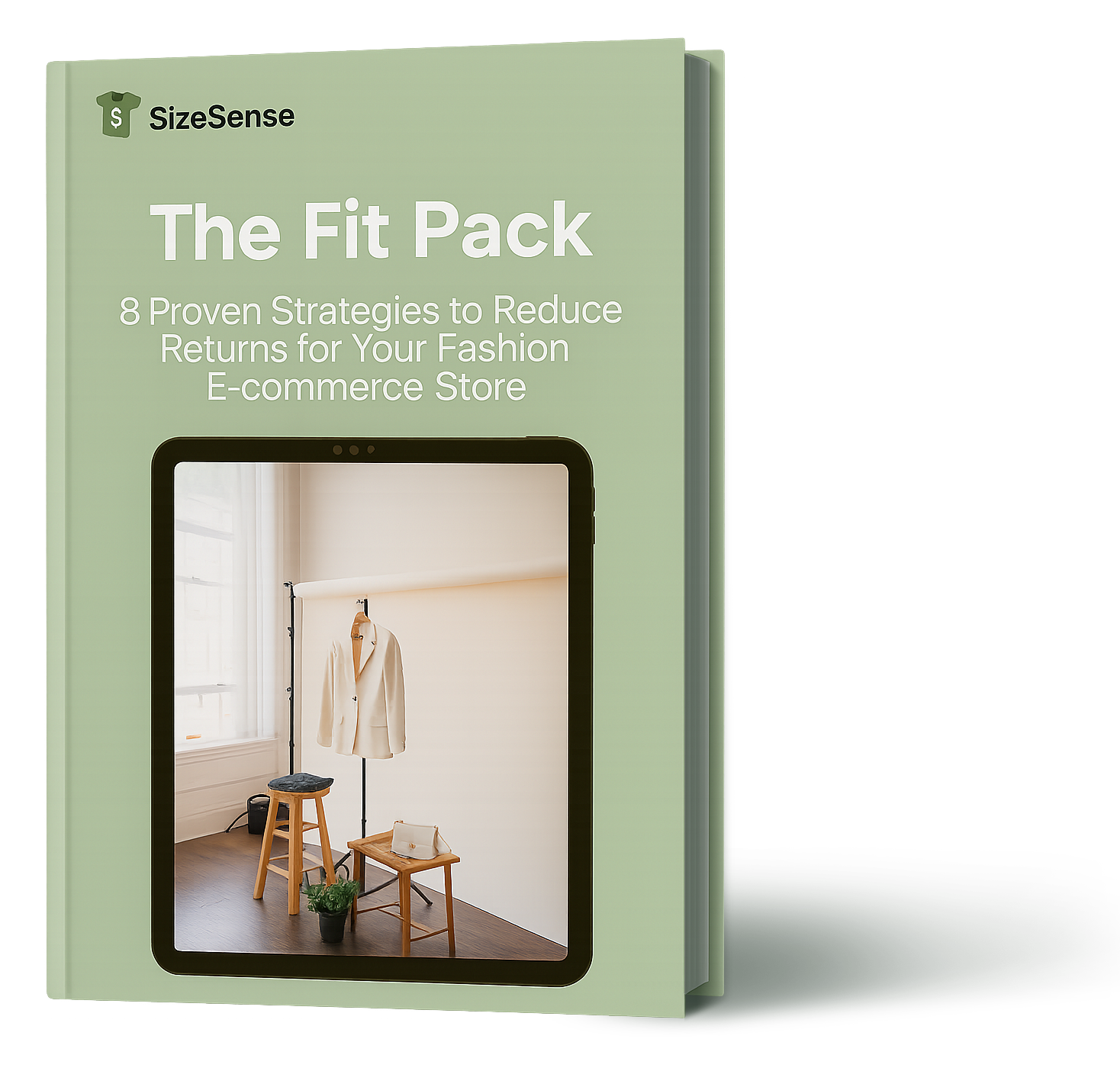In today’s hypercompetitive retail landscape, customer retention is just as important, if not more, than customer acquisition. For fashion brands, every abandoned cart, return, or negative review is often the symptom of something deeper: a poor shopping experience caused by fixable mistakes.
In retail customer loyalty isn’t built solely on trend or price. It comes from trust: customers return because they believe the next item they order will fit, feel, and look just as they expect.
Here are four common mistakes fashion retailers make that hurt customer retention, along with practical steps to avoid them.
1. Inconsistent Sizing Damages Customer Trust
Few things frustrate shoppers more than unpredictable sizing. A customer who orders a “Medium” expecting the same fit as last time, only to receive a garment that’s too tight or too loose, quickly loses confidence in your brand.
Why It Hurts Retention
- Customers stop trusting your sizing and hesitate to reorder.
- Increased returns lead to operational costs and lower profitability.
- Dissatisfied customers are unlikely to recommend your brand to others.
How to Fix It
Start by standardising sizing across collections and production runs. Consistency helps customers feel confident when they shop with you again.
To go a step further, integrate a size recommendation tool like SizeSense. It analyses customer body measurements and product characteristics, and suggests the most accurate size before checkout. By encouraging shoppers to use it, you reduce size-related returns and build lasting confidence in your brand’s fit reliability.
2. Missing Sizes: Losing Customers You Never Knew You Had
Many brands aim to be size-inclusive, but without accurate data on customer body measurements, size inclusivity often relies on guesswork. Linear grading for extended sizes doesn’t reflect real-world body diversity.
Why It Hurts Retention
- Customers who can’t find their size simply leave your site.
- Poorly graded larger or smaller sizes lead to bad fits and negative reviews.
- You miss opportunities to serve a wider audience and retain them.
How to Fix It
Gather real sizing data to make informed decisions about which sizes to produce next. SizeSense will soon be able to provide insights into your customer base’s measurement trends, helping you design and stock products that truly fit your shoppers.
3. No Product Size Charts: Making Customers Guess
When buying furniture, customers expect detailed dimensions. Yet in fashion, many brands neglect to include even basic product size charts. This leaves shoppers guessing, which leads to returns and lost trust.
Why It Hurts Retention
- Customers feel uncertain about fit and abandon purchases.
- Returns increase, reducing profitability.
- Lack of transparency damages your credibility.
How to Fix It
If you’re not yet ready to integrate automated sizing tools, the next best step is detailed, product-specific size charts. Include measurements like bust, waist, hips, and length, and note whether a garment runs small, true to size, or large. Even better, combine charts with customer feedback like “fits slightly smaller than expected” for social proof.
4. No Personalized Size Recommendations
When customers browse a product, their next question is always:
“What size should I order?”
If you can’t answer that confidently, they’ll either abandon their cart, or take a risk, leading to higher return rates.
Why It Hurts Retention
- Customers who return items due to fit issues are far less likely to reorder.
- High return rates signal low trust and poor user experience, but low returns doesn’t necessarily mean your brand doesn’t have a problem – may be they just don’t bother returning the item – regardless, your retention will be low.
- Repeated disappointment turns potential loyalists into one-time buyers.
How to Fix It
Use AI-powered recommendation tools like SizeSense, which drives customer retention in retail up by giving shoppers personalised, data-driven size suggestions. By leveraging machine learning, you can guide each shopper toward the perfect fit, reduce friction, and increase customer satisfaction – all crucial elements of a long-term retention strategy.
Why Customer Retention in Retail Matters More Than Ever
Acquiring new customers is becoming increasingly expensive, while retaining existing ones delivers far higher ROI. According to industry studies, a 5% increase in customer retention can boost profits by 25–95%.
In the fashion sector, where customer trust and satisfaction is tied closely to fit, retention depends heavily on how confidently your customers can buy without fear of disappointment.
By addressing these four issues, you don’t just reduce returns for your brand doesn’t, but you also create a cycle of confidence, where customers buy more often, stay longer, and advocate for your brand.
Final Thoughts: Turning Fit Accuracy into Loyalty
Great style attracts customers; great fit keeps them.
By leveraging data-driven tools like SizeSense, fashion brands can transform their sizing process into a powerful retention engine – one that reduces returns, boosts satisfaction, and builds brand loyalty that lasts season after season.
✅ Available for brands on Shopify via the Shopify App Store
✅ Easy integration through our integration API (coming soon)
✅ Brands can schedule a demo or chat with us to learn more
Get a FREE copy of our eBook
Boost Sales and Customer Loyalty and Decrease Returns For Your Fashion Brand!

Get a free copy of our eBook. Discover how to why size Isn’t just a number, how to reduce returns and what you need to make your brand ready to use SizeSense.ai
